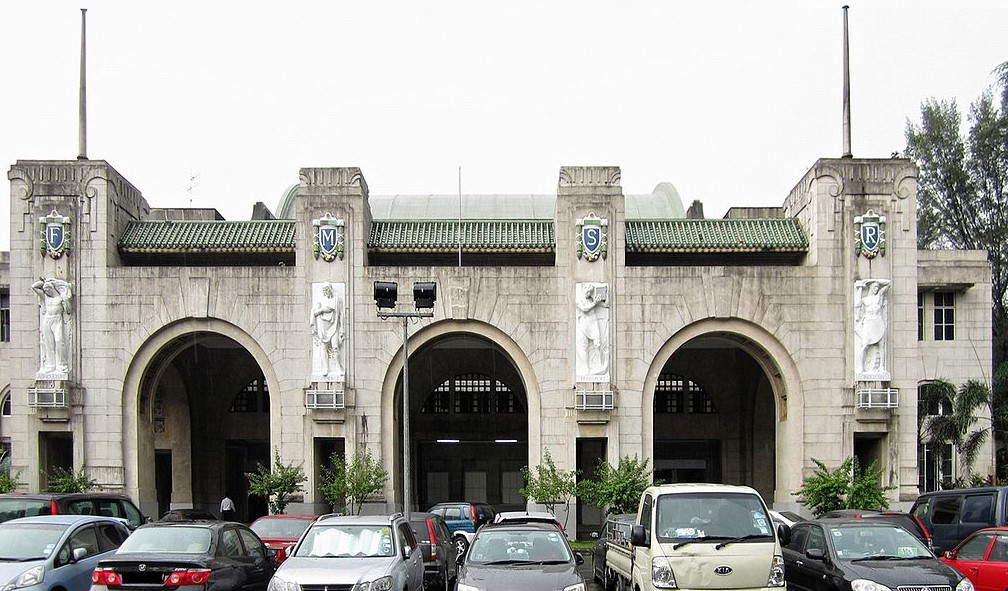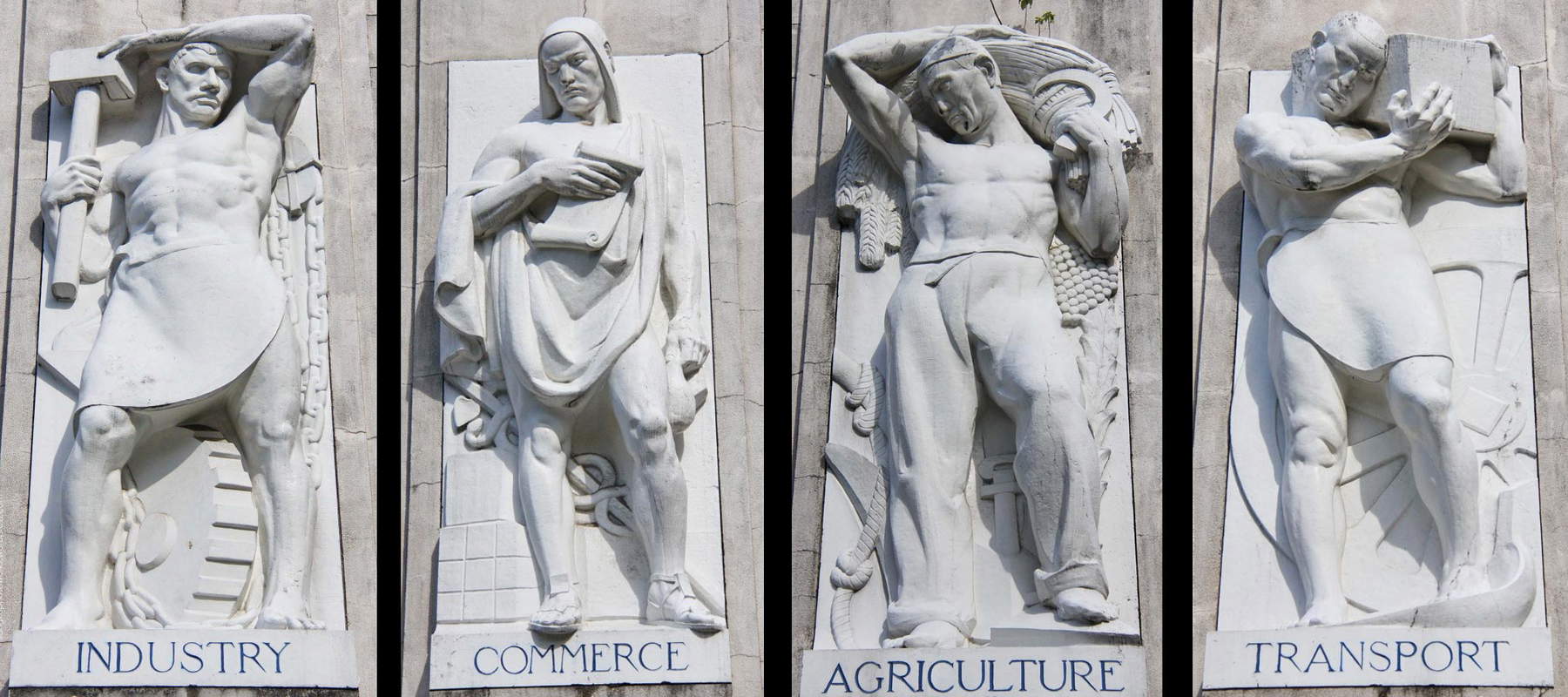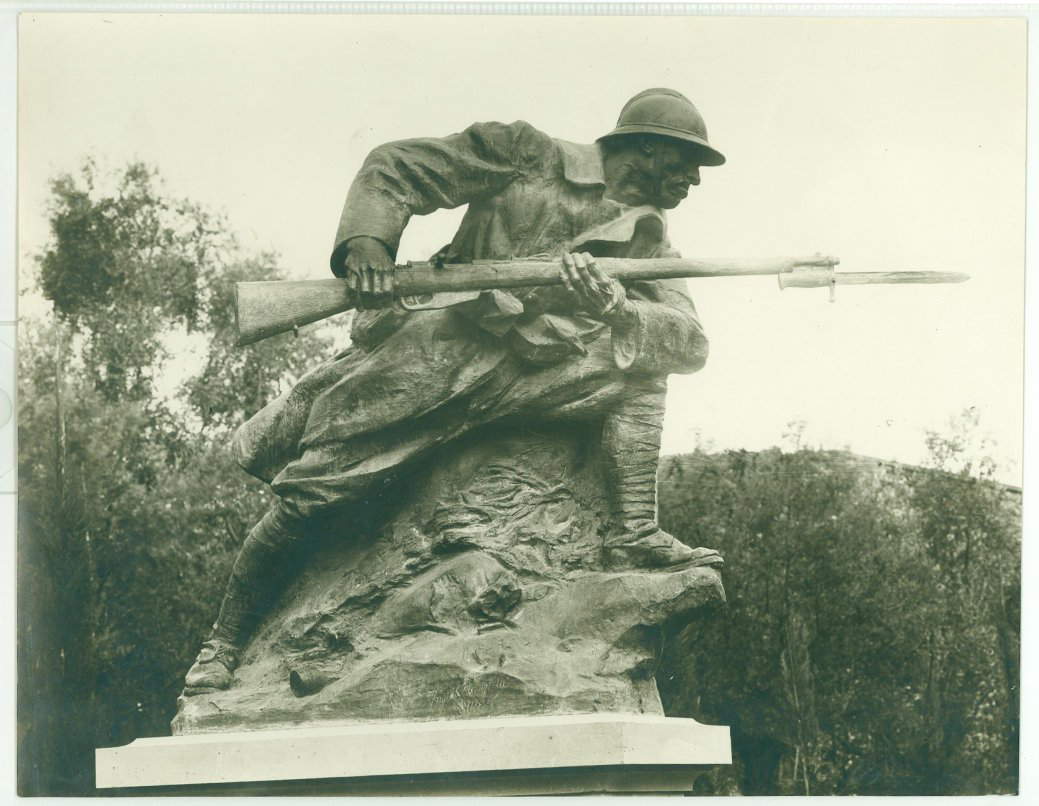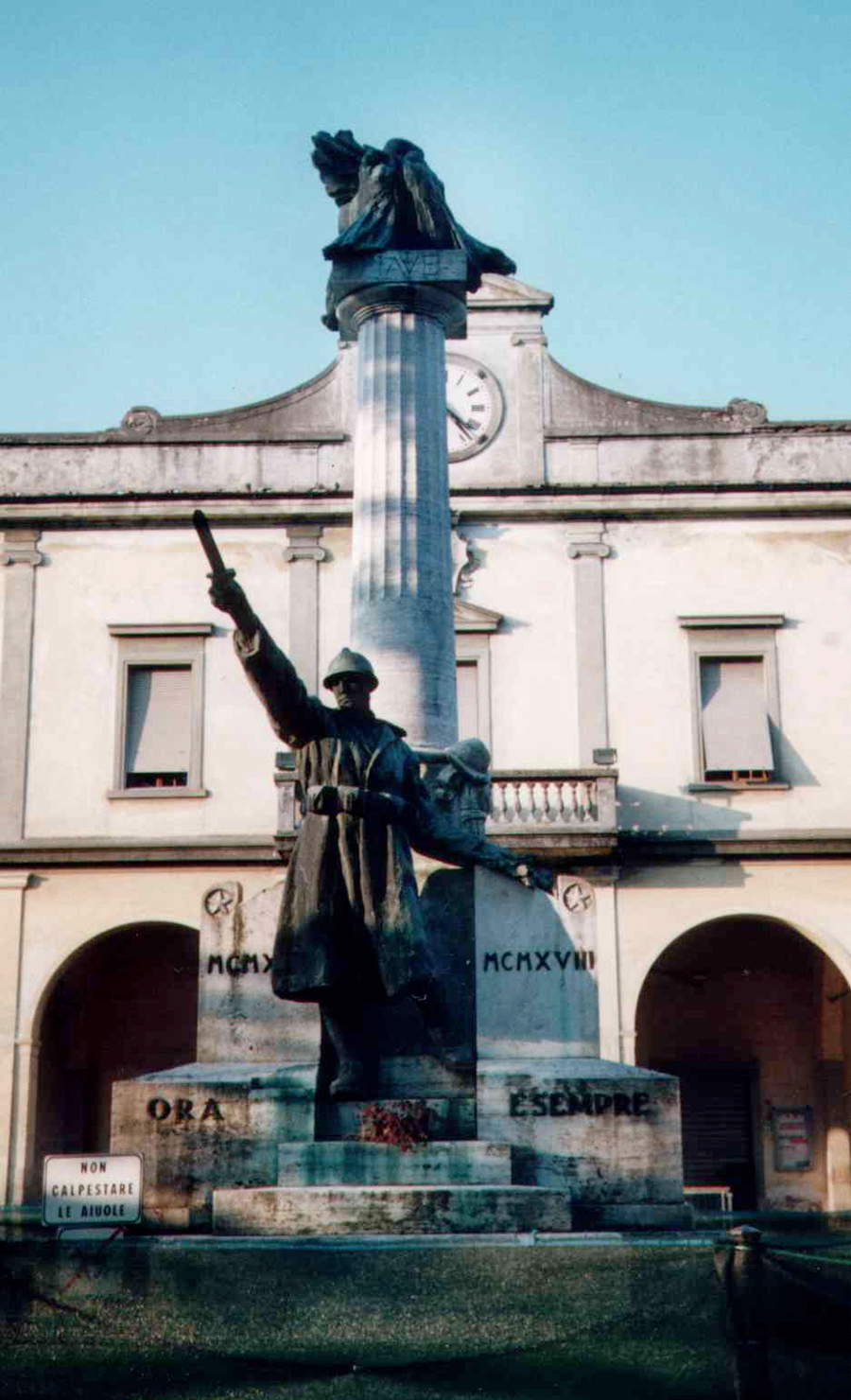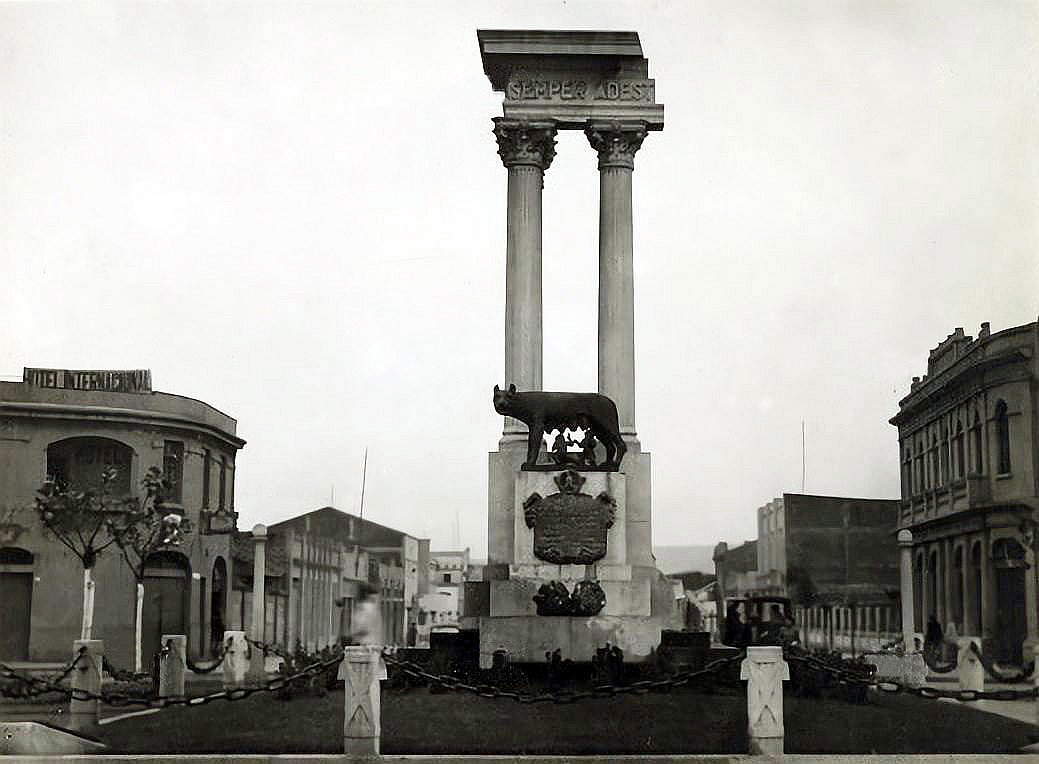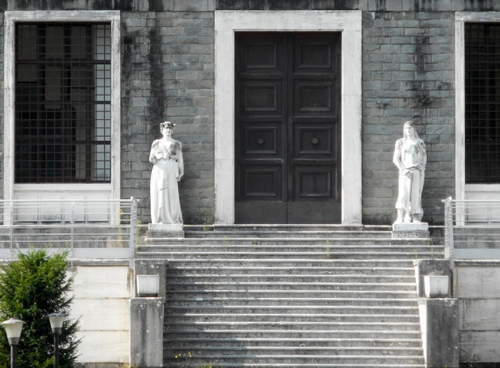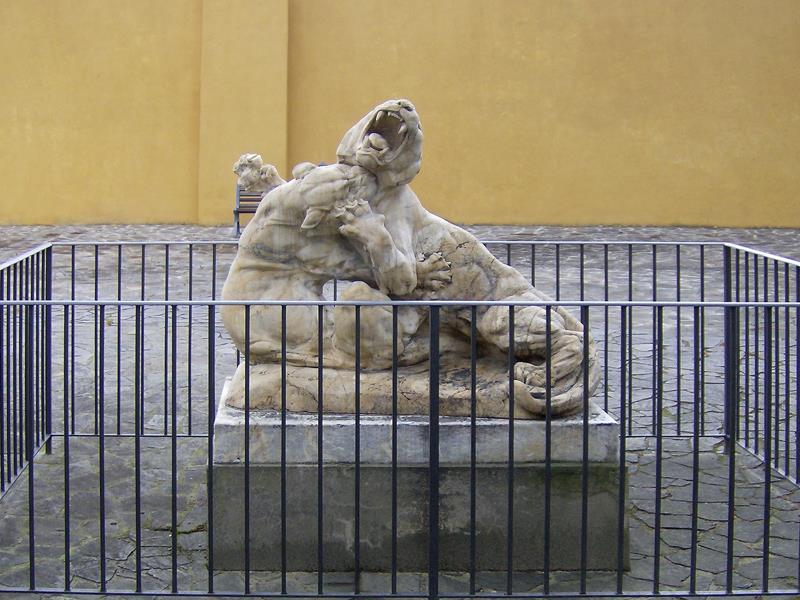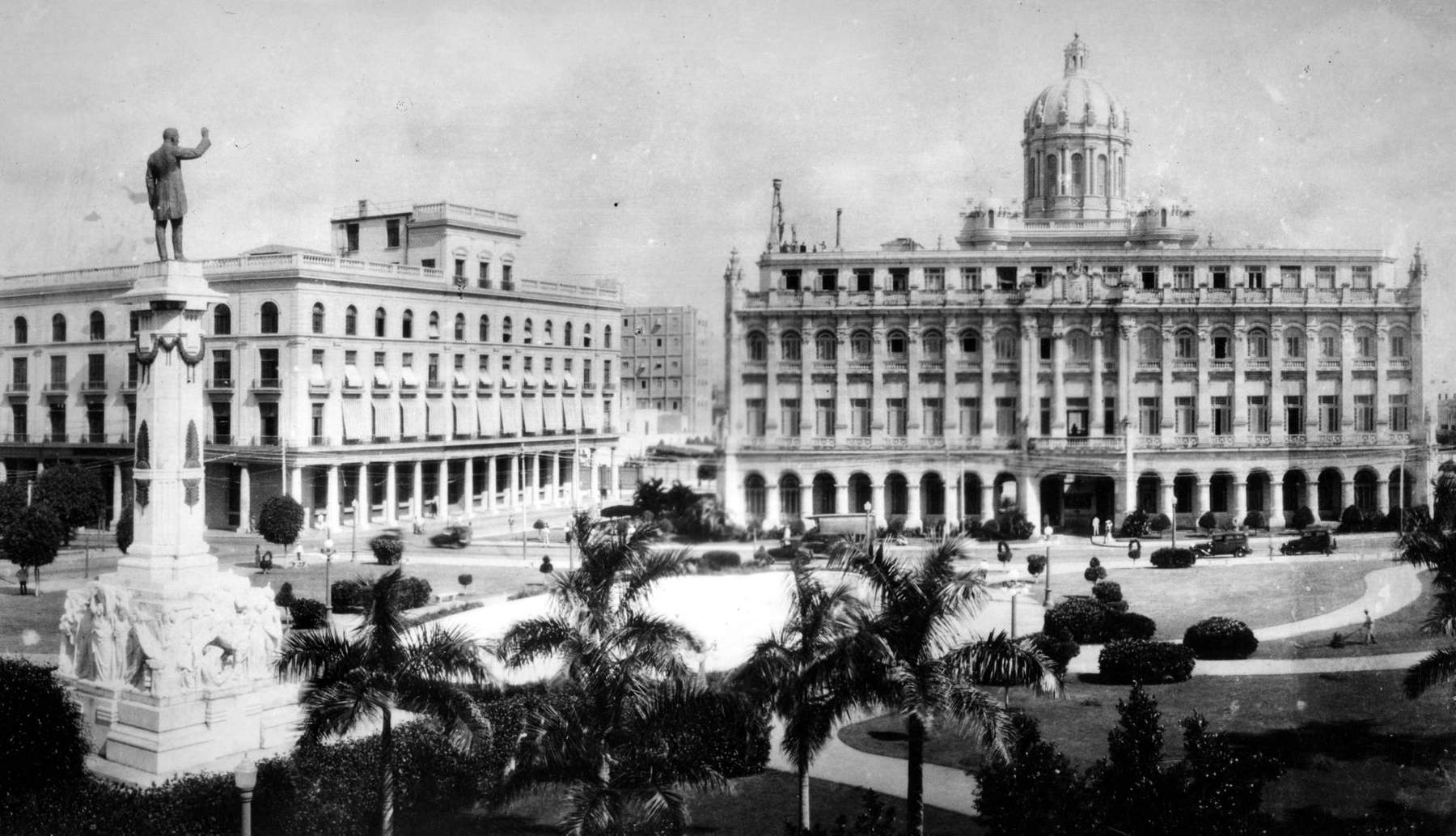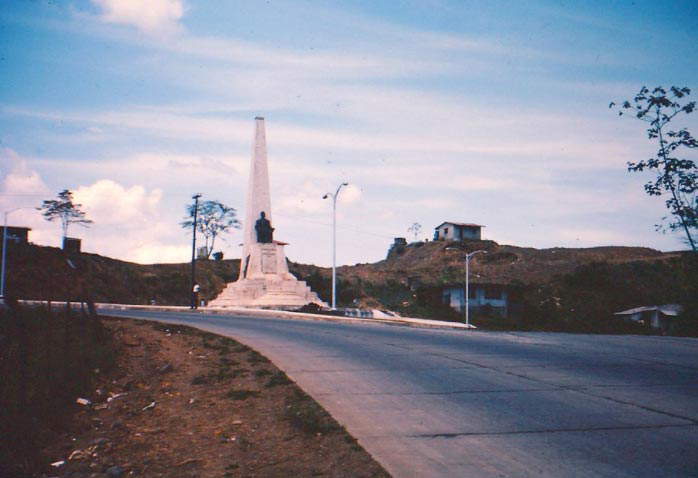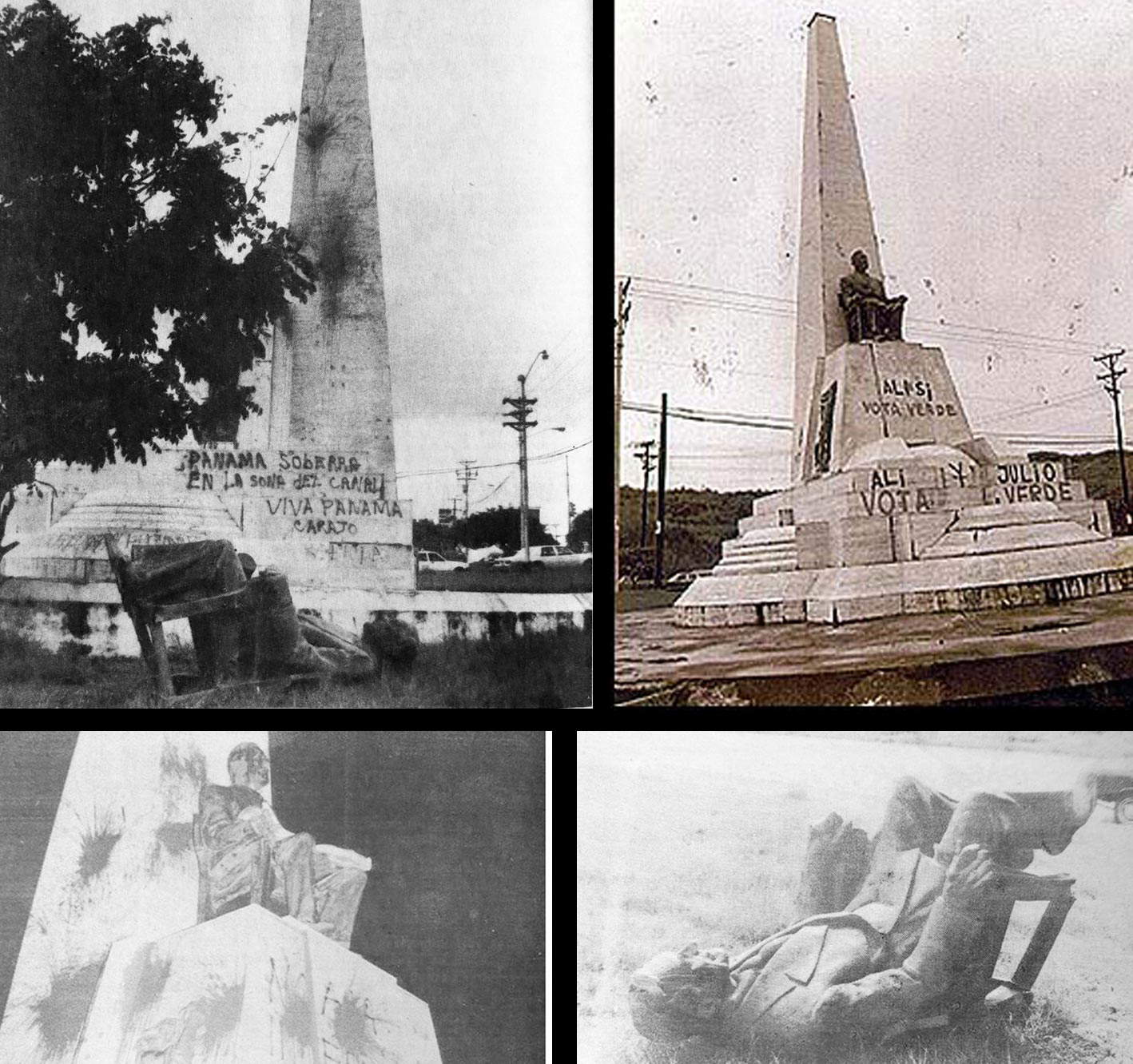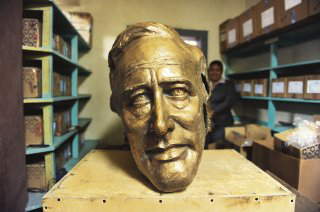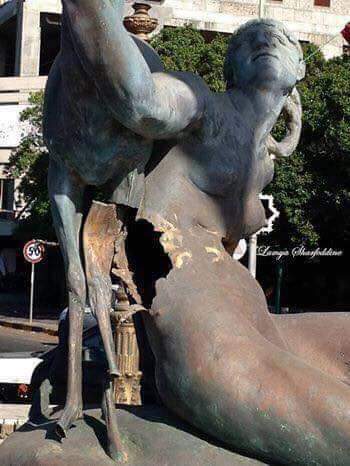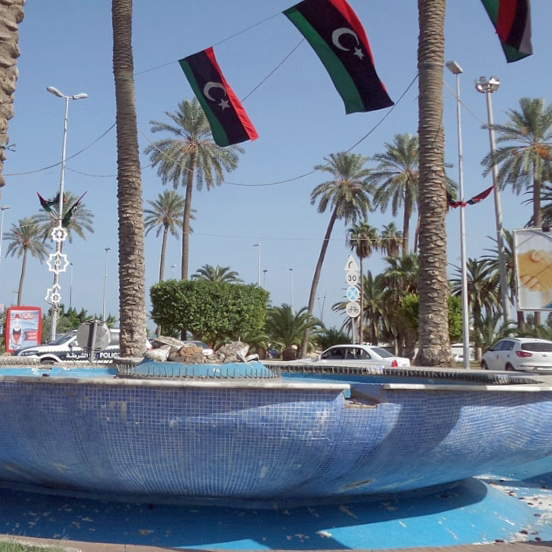by Jacopo Suggi , published on 24/09/2020
Categories: Works and artists
/ Disclaimer
The story of a forgotten sculptor who produced monumental feats for the world's powerful.
Recently we have witnessed the national and international public debate centralize around the questioning of the role of traditional monuments, following the claims of the Black Lives Matter movement. Some protests have resulted in true acts of iconoclasm, where several monuments have been at the expense, being vandalized and torn down. Without any intention of taking sides in such a debate, we want to mention an Italian sculptor of the 20th century, some of whose most prestigious and bombastic works have been demolished in decidedly different contexts. The intention is in fact to talk about an author who, although in the first half of the 20th century he obtained great commissions in Italy, and even more so around the world, is today forgotten by the public, but also rather mistreated by art historians. He is Angiolo Vannetti, who was born in Livorno on December 6, 1881, and died in Florence in 1962. We were talking about an artist whose career is studded with monumental and prestigious undertakings, which helped to spread his fame throughout the world, becoming a coveted author of great commemorative monuments and more generally for sculptural complexes with a strong rhetorical and propagandistic charge, not by chance he was in great demand in colonial enterprises and by governments seeking legitimacy. Vannetti, after training in Florence under Augusto Rivalta, began his exhibition career in national and international shows, in which he participated regularly from 1908: Brussels in 1912, Grand Salon des Beaux Arts in Paris (in 1913 and 1914), Ghent and Milan. On these exhibition occasions his works were not only purchased by a number of Italian and foreign museums, but one sculptural group was also purchased by the King of Italy, and another by the King of Belgium.
In the first two decades of the 20th century he also carried on a prolific collaboration with architect Giovanni Michelazzi, who was engaged in the construction of several fine Art Nouveau homes in Florence including villino Ventilari, villino Broggi and the villino Ravazzini, where Vannetti was responsible for the interior stucco work, creating sculptures in a distinctly Art Nouveau style.
He interrupted his career to participate, as happened to many other artists, in World War I, for which he enlisted as a volunteer, serving as a captain of machine gunners, with which he also earned two silver medals after being wounded and imprisoned.
With the end of the war, Vannetti resumed his work, succeeding more and more in establishing himself in the international arena: in fact, from the 1920s he began to work for a long period in Asia, signing many works of which, however, some memory has been lost, but almost all of them of monumental format.
In China, in Shanghai, was responsible for the sculptural apparatus of the building of the North China Daily News newspaper, for which he created a classically inspired frieze of more than 8 meters, with the most characteristic symbols and moments in the history of printing; later in Japan he created portraits of the imperial court; and then again Hong Kong, Canton, Saigon in Vietnam, and Singapore. In Singapore, he collaborated side by side with the Florentine architect Raoul Bigazzi in whose entourage also included another Leghorn artist Llewelyn Lloyd. For the new station, theTanjong Pagar Railway Station, he created four colossal Botticino marble figures, just under 4 meters high, representing Commerce, Agriculture, Industry and Transport.
Vannetti’s services were also in great demand in Italy, and again in the 1920s he signed several memorials, such as the War Memorial in Dicomano and the Parco della Rimembranza in Florence (1926).
 |
| Keppel Station, Tanjong Pagar, Singapore, with reliefs by Angiolo Vannetti |
 |
| Angiolo Vannetti, Bas-reliefs with allegories of Industry, Commerce, Agriculture and Transport (1932; Singapore, Keppel Railway Station, Tanjong Pagar) |
 |
| The Fante all’allassalto of 1926 in the Parco della Rimembranza in Florence on Via delle Porte Sante |
 |
| Monument to the fallen soldiers of Dicomano, Florence, 1928 |
In 1929 he moved to America, to Cuba, where, after being the winner of a world competition, he created with architect Ettore Sanatori in the Park of the Old Presidential Palace in Havana, which has now become the Museum of the Revolution, the monument to Cuban President Alfredo Zayas: a gigantic 18-meter Botticino marble construction, adorned with 36 figures in high relief, where the 2.5-meter statue of Zayas stands. The Cuban president was depicted in civilian dress, while pointing to the presidential palace with one hand.
The 1930s saw Angiolo Vannetti busy both in Italy and abroad, involved in increasingly monumental operations. His international successes did not go unnoticed by the fascist regime, which from the 1930s involved him in the project to modernize Tripoli and other Libyan centers. In Libya’s capital he created, in 1932, a fountain, where in the center of a round basin stands an allegorical sculptural group with a naked young woman caressing a gazelle, which in the sculptor’s ideas was supposed to represent the exotic and wild nature of the colony. Not far away he also signed the group of the two Tigers, which he had also made similar in Florence. Both sculptural apparatuses were inaugurated by the colony’s governor, Marshal Badoglio. In the Christian cemetery, in honor of the Italian casualties of the Libyan War, he created a gigantic crucifixion group over five meters high. Finally, Vannetti, in the village of Garibaldi (now renamed Dafnya), about 60 kilometers from Leptis Magna, completed a majestic fountain, consisting of two marble parallelepipeds adorned with two friezes of questionable quality, bearing the exploits of Giuseppe Garibaldi: the defense of Republican Rome in 1849 and the meeting with Victor Emmanuel II in 1860. The fountain was inaugurated in the presence of Marshal Italo Balbo, who advocated its design. In 1940, the Italian community in Chile decided to donate a copy of the Lupa Capitolina executed by Vannetti to the Chilean city of Talca, and it was placed in an architectural complex that replicated the temple of the God Apollo, the work of architect Victor L. Veglia Bartolucci.
In 1937 Angiolo Vannetti was the first foreign sculptor to exhibit in the Central American state of Panama at Club Unión, beginning a new sculptural season that would continue for several decades. In 1938 he signed the monument of Dr. AB Herrick in the Panamanian capital in front of a hospital, later relocated to the spaces of the Ministry of Health, which would be followed by the monument to Don Rodolfo Chiari in Aguadulce, the Monument to the Mother in the city of Colón, the busts of Dr. Juan D. Arosemena in Santiago de Veraguas, to Don Abel Bravo at the University of Panama, for which he also made the Hacia la Lux statue in 1951, placed in the gardens. This prolific activity, made for the truth of stereotypical works, would come to him with great honors: in fact in 1947 Vannetti was appointed honorary consul of Panama. In 1955,he obtained one last major commission, when still in Panama City he was commissioned to sculpt the statue of U.S. President Franklin Delano Roosevelt, at a time in history when the Central American country and the U.S. had cordial relations. The colossal-sized statue stood on one of the city’s main streets, placed on a marble pedestal and accompanied by a giant obelisk.
| <img src=’https://cdn.finestresullarte.info/rivista/immagini/2020/1418/angiolo-vannetti-tigre.jpg ’ alt=“Tiger, terracotta sculpture, Birthplace Museum of <a href=”https://www.finestresullarte.info/arte-base/michelangelo-la-vita-le-opere-i-capolavori“>Michelangelo Buonarroti</a>, Caprese Michelangelo (Arezzo).” title=“Tiger, terracotta sculpture, Birthplace Museum of Michelangelo Buonarroti, Caprese Michelangelo (Arezzo).” /> |
| Tiger, terracotta sculpture, Museo Casa Natale di Michelangelo Buonarroti, Caprese Michelangelo (Arezzo). |
 |
| The Capitoline loba, inaugurated April 21, 1940, in Talca, Chile. |
 |
| The hydroelectric power plant at Piano della Rocca, Lucca, decorated by Angiolo Vannetti in 1942 |
 |
| Lopera Le fiere placed nellex Zoo di Firenze, in the Cascine Park |
 |
| Hacia la luz, a bronze monument placed in the University of Panama in 1954 in front of the Facultad de Humanidades |
 |
| The statue of Cuban President Alfredo Zayas Alonso, unveiled by him on May 20, 1925 |
 |
| The statue of Cuban president Alfredo Zayas Alonso |
 |
| The statue of U.S. President Franklin Delano Roosevelt, Panama City, Panama, 1955 |
Alongside his monumental production, Vannetti also flanked a prolific production of bronzes, apt to meet market demands. Animalier sculptures, featuring tigers, fawns, and lions coexist with exotic human subjects expunged from his many experiences abroad, such as bonzes, Chinese peasants, and African women. Travel impressions immortalized with Art Nouveau lines, and in later years in contact with the stylistic features of art deco, with persuasive and sinuous lines of a very different sign from his monumental production, truncated with rhetoric and dictated by an excessively magniloquent language.
Notably, of the latter production, some of the bombastic commissions around the world, as anticipated at the beginning of the article, were shot down. Such was the case in Libya, where after the coup d’état in 1969 carried out by Qaddafi ousting King Idris I, already a few months after his inauguration, the leader of the revolutionary government initiated a true decolonization program, careful also to eliminate the aesthetic and monumental traces found in the former Italian colony. At the expense of this was the Dafnya fountain, which despite being dedicated to Garibaldi, a figure also appreciated by Gaddafi, was dismantled, and only recently were the two reliefs, chipped but complete, found in the warehouses of Libya’s Department of Antiquities. While the Two Gazelles fountain in the capital was not judged as a mere colonial product and was therefore spared. But after the fall of Gaddafi in 2011, it was the target of controversy by hardliners, who attempted to cover it up by wrapping it in rags to cover its nudity. Later, attempts were made to quell the controversy by attempting to disguise its forms by increasing the fountain’s gushing. But such a compromise did not appease tempers, and on the night of Nov. 2 to 3, 2014, Vannetti’s sculptural group disappeared, leaving the basin empty and ending the story of a statue that had survived through such adventurous events as World War II, the Libyan monarchy, Gaddafi’s rule, and the revolution that led Libya into chaos, even being hit by a missile in August 2014 that left a hole in its belly. However, a small bronze of it is preserved in the “Giovanni Fattori” Civic Museum in Livorno. And again, in 2010, the Chilean Loba Capitolina , a copy of the famous Roman she-wolf was stolen from its location, while the following year a copy was donated by Italian Ambassador Vincenzo Palladino.
But these are not the only creations of the sculptor to have been the subject of acts of iconoclasm. In fact, the statue of Alfredo Zayas, which the Cuban president had built for himself during his lifetime, was also removed after the Cuban revolution in the 1950s, along with other effigies of Republican presidents guilty of being subservient to the US. Of what happened to the statue, memory was then lost. Not dissimilar fate befell the Roosevelt monument, which on July 1, 1987 was demolished by a paramilitary command of San Miguelito, supporters of the regime of General Manuel Antonio Noriega. They claimed, as, moreover, was amply proven, that the U.S. support was behind the opponents of the regime who had gathered in a movement named “Civil Crusade.” For this reason, the regime stoked anti-American sentiments. The statue was vandalized and then with a rope tied around its neck was torn down with the help of a truck driven by an official of the mayor of San Miguelito. Subsequently, the bust was destroyed by selling its metal, while the president’s head was only returned to the government in the 1990s. For years the head was forgotten in some government warehouse, and was only found again around 2008, when it was proposed to use the head to rebuild a statue in honor of the American president. After a lengthy discussion about where it should be relocated, with some leaning toward a museum, the head was finally raised to a pedestal in 2011 along the Paseo de Próceres y Ciudadanos Ilustres, a promenade dedicated to distinguished figures located on the coastal strip in the heart of Panama City.
 |
| Some period shots of the vandalization of the monument to President Franklin Delano Roosevelt, Panama City (1987) |
 |
| The head of the bronze statue of Roosevelt after it was found, moved to the premises of the General Directorate of Revenue of the Ministry of Economy and Finance (MEF) |
 |
| The Gazelle fountain in downtown Tripoli made in 1932, originally called the Spring of Life |
 |
| The gushing of water in the Gazelle fountain implemented to disguise the nudity of the statue |
 |
| The fountain statue after being hit by a missile inAugust 2014 |
 |
| The fountain following the removal of the sculpture |
Acts perpetuated in such different places and cultures testify to how images, and in this case monuments, are endowed with a power and fascination that does not leave one indifferent, and indeed that man and the community suffers both positively and negatively, it is a kind of vindication of how art and symbols are a phenomenon that humanity still cannot totally understand. In this curious case is the story of an artist who garnered worldwide appreciation for his didactic and refined artistic gifts that were well suited to the needs of the powers and powers-that-be, who evidently never missed the intimidating and propagandistic power of art.
Warning: the translation into English of the original Italian article was created using automatic tools.
We undertake to review all articles, but we do not guarantee the total absence of inaccuracies in the translation due to the program. You can
find the original by clicking on the ITA button. If you find any mistake,please contact us.
